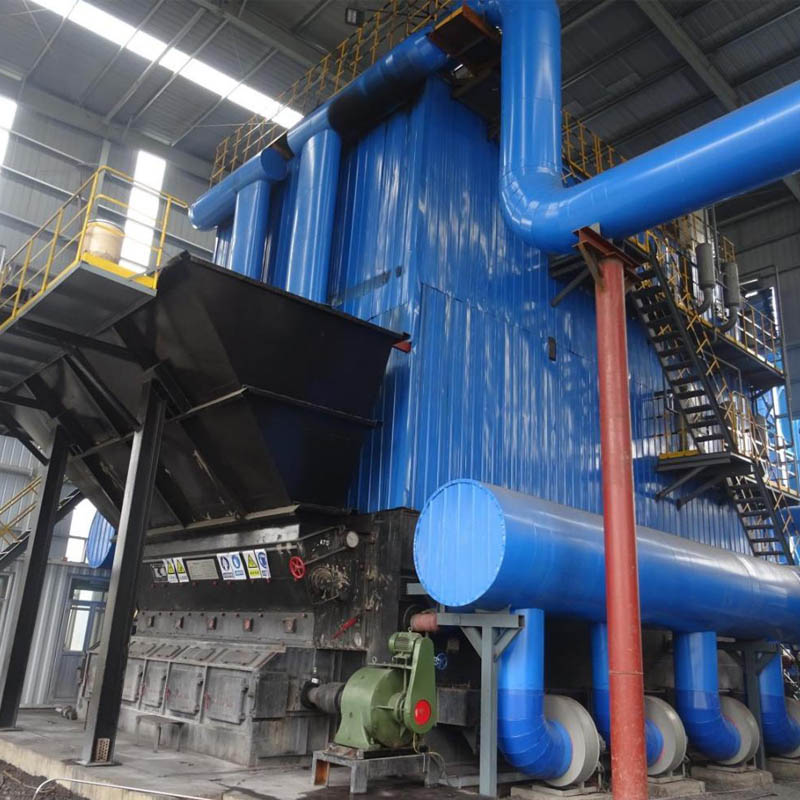
Окт . 30, 2024 23:16 Back to list
thermal oil boiler design
Designing Thermal Oil Boilers A Comprehensive Overview
Thermal oil boilers have emerged as key players in various industrial heating applications due to their efficiency and versatility. Unlike traditional steam boilers, thermal oil boilers utilize a heat transfer fluid, typically an organic liquid, to transfer thermal energy by circulating it through a closed-loop system. This design allows for operation at high temperatures without the pressure complications associated with steam systems, making it an attractive option for many industries.
Key Design Considerations
When designing a thermal oil boiler, several critical factors must be considered to ensure optimal performance, safety, and reliability
.1. Type of Heat Transfer Fluid The choice of heat transfer fluid is paramount. Commonly used fluids include mineral oils, synthetic oils, and even water-glycol mixtures. Each option offers different thermal stability, viscosity, and temperature range capabilities, so selecting the right fluid is essential to match the application needs.
2. Temperature and Pressure Ratings Thermal oil systems can operate at higher temperatures—often exceeding 300°C (572°F)—without the risks posed by high pressure. However, the design must adhere to the temperature limits of the selected heat transfer fluid, while also considering safety factors that prevent overheating and potential system failures.
3. Heating Surface Area The design should include adequate heating surface area to ensure effective heat transfer from the burner to the thermal oil. This can involve using various configurations such as coil type, helical, or flat tube designs to enhance heat exchange efficiency while minimizing the risk of overheating and degradation of the thermal oil.
thermal oil boiler design

4. Burner Selection The burner is a crucial component in a thermal oil boiler system. It must be compatible with the fuel type used, whether it be natural gas, diesel, or alternative fuels. A well-designed burner increases combustion efficiency, reducing emissions and operational costs.
5. Safety Systems Given the high temperatures involved, incorporating robust safety systems is non-negotiable. This includes temperature and pressure control systems, automatic shut-off valves, and thermal relief systems to prevent catastrophic failures. Regular maintenance and monitoring are also vital to ensure ongoing safety and efficiency.
6. Insulation and Heat Loss Prevention Effective insulation design is key to minimizing heat loss from the boiler and associated piping. This not only enhances energy efficiency but also improves the operational stability of the system. Insulated panels and wraps can be employed to maintain optimal temperatures in the fluid.
Applications of Thermal Oil Boilers
Thermal oil boilers are widely used in various sectors, including food processing, chemical manufacturing, textiles, and plastics. They are particularly beneficial for processes requiring consistent temperatures over extended periods.
In conclusion, the design of thermal oil boilers involves a comprehensive understanding of fluid dynamics, thermal transfer, and system safety. By carefully considering the factors mentioned above, engineers can create efficient, reliable, and safe thermal oil heating systems that meet the diverse needs of modern industrial applications. As energy efficiency becomes increasingly crucial, the role of thermal oil boilers will likely expand, emphasizing the need for ongoing innovation in their design and operation.
-
Efficient Biomass Fired Hot Water Boiler | AI Heating Solution
NewsAug.01,2025
-
High-Efficiency Gas Thermal Oil Boilers | HPT Models
NewsJul.31,2025
-
Oil Fired Hot Water Boilers Sale - High Efficiency & Affordable
NewsJul.31,2025
-
High-Efficiency Commercial Oil Fired Steam Boiler for Industry
NewsJul.30,2025
-
High-Efficiency Biomass Fired Thermal Oil Boiler Solutions
NewsJul.30,2025
-
High Efficiency Gas Fired Thermal Oil Boiler for Industrial Heating
NewsJul.29,2025
Related PRODUCTS






















